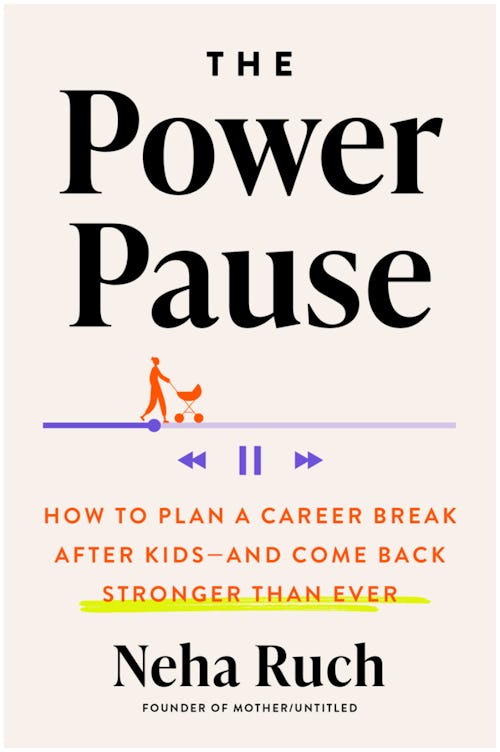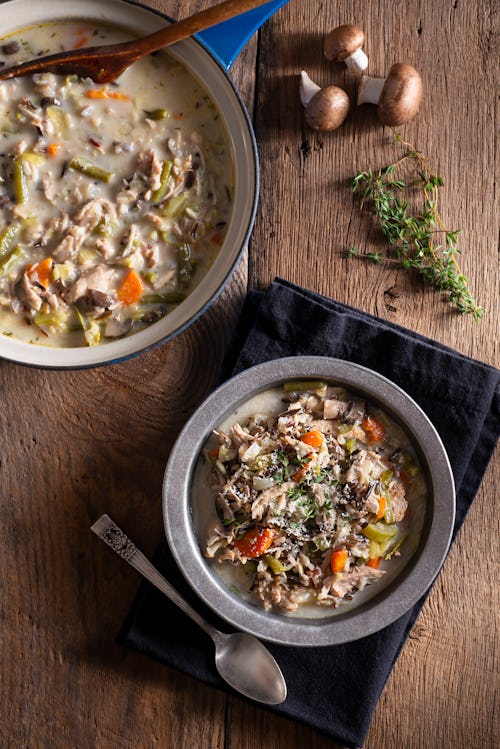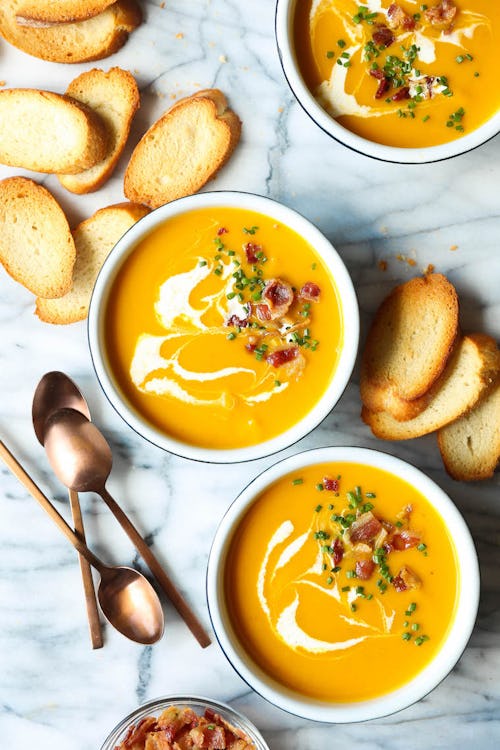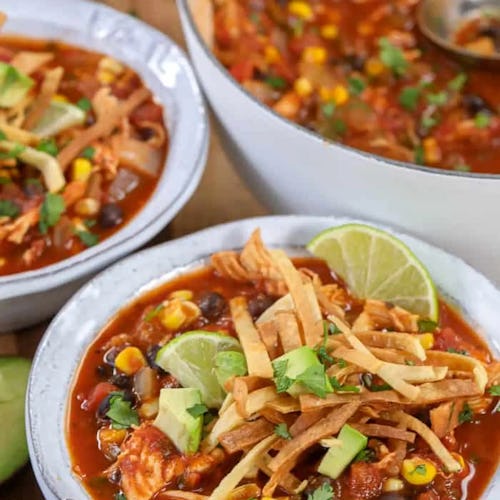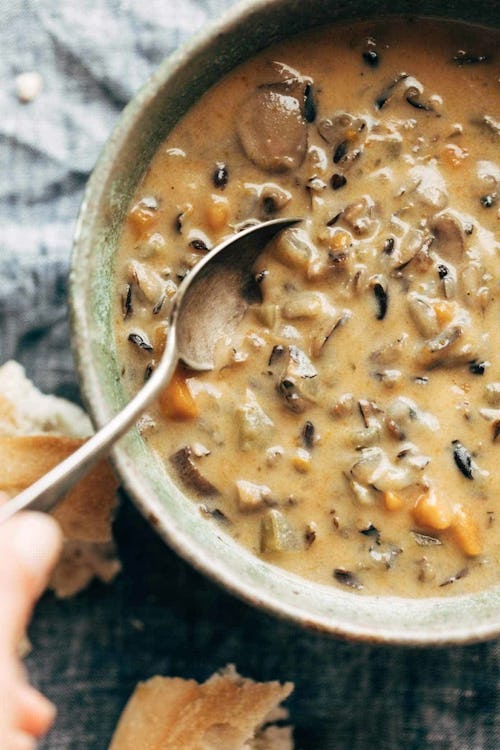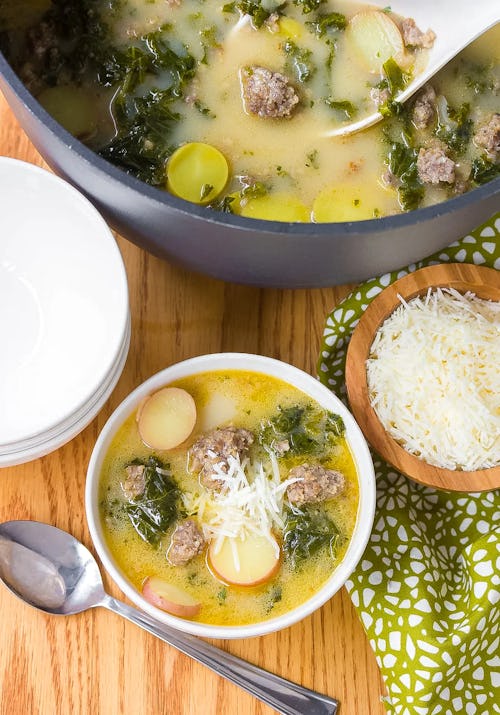
I was born with nystagmus, a neurological condition that affects my vision, and until I was in my thirties, I’d only met one person that shared it. At a holiday party with my parents when I was probably eight or nine, my mom pointed out a boy across the room. ‘He has nystagmus like you’, she said. ‘But not exactly. Your eyes bop all over your head and his just move back and forth. He also has albinism, which is why his eyes do that. We don’t know what causes yours.’ I regarded the ice blond teen across the room. I don’t think we spoke. What would I have said to him? My vision was a point of shame and something I tried to hide. If kids pointed it out, I usually ended up in tears.
My son inherited my nystagmus. It's given me the unusual opportunity to watch how people react to his vision as a window into how the world reacts to me. Being able to watch my child closely -- the flickering of his eyes as he nursed, the tilt of his head as he searched for me among the waiting moms (yes, they were always all moms) at school pickup, as he struggled to read the routes on the approaching buses just like I did -- these were moments of familiarity but also of novelty, as I observed how the world observed him. The social stigma of appearing disabled trained out of me many of the behaviors that mark him as “different,” movement patterns that I have no personal recollection of, but can pick up from the family photos in which I always was tilting my head, my eyes struggling like his do to make contact with the aperture of the lens.
In some ways it has given me the opportunity to revisit my own childhood experience of disability. And one of my main regrets, if I have any, is that I never learned braille. According to the National Federation of the Blind, only about 10% of blind and low vision children in the US are learning braille. Much of this is due to our bias towards learning through sight, and so children who have any vision are pushed towards text magnification as a replacement. But like me, every person I’ve asked who is blind or low-vision wishes they’d been taught braille as a child or, if they’d been introduced to it, wish they’d been pushed to gain true fluency. Access to language is power. That’s why I’m determined to make sure my kid learns it.
In middle school, I learned to hate public speaking. I was in every sense an “overachiever” so I remember preparing fastidiously for my first presentation in English class, where we had to present instructions about how to perform a skill or task for our classmates. I had rainbow pastel index cards where I’d written my presentation talking points.
Then I got my grade. It wasn’t perfect. I’d been marked down because I held the note cards in front of my face and I’d failed to make eye contact with my classmates. It wasn’t so much the grade that bothered me, but the awareness that when I spoke publicly, my disability was super visible. In my attempt to assimilate and be ‘normal,’ I feared that visibility more than anything else. From that point on, any kind of speaking in front of other people made me extremely nervous. I dreaded when other people had to watch me talk, and avoided it as much as I could.
There are moments where my throat catches as I watch my kid encountering situations l can remember from my own childhood.
It wasn’t until my mid-30s when I started to work with other disabled people and from their comfort with themselves and speaking publicly, I pushed myself to get through my shame. But even with this new confidence, public speaking is still a struggle for me. The more stressed I get, the more my eyes move and so I stumble over words and easily lose my place. To compensate, I stopped using written notes for my presentations. Instead of reading from my book at author’s events, I used slides with images to prompt me through the outline of my presentation.
Then I watched as a blind advocate read a proclamation at a public hearing using braille. Her presentation was flawless — the kind of flawlessness I’d been dreaming of since my stumbles in middle school. I wanted that skill. But braille, like any language, is difficult to learn in adulthood. If I worked really hard at it, maybe someday I’d be able to read it fluently enough to crib notes for a talk, but I'd never have the speed of someone who learned it as a child.
In the 1820s, braille was created by and embraced by students at the National Institute for the Blind in Paris. But soon their sighted educators tried to stop its adoption, at one point burning all the braille books. These educators preferred a language that they too had access to, like raised letter shapes embossed on the page. Braille was harder for sighted educators to read and it threatened their control and their careers.
As I’ve pushed at school for my child to have access to braille, it’s been a fight, both to get the educators to work with my son to believe that braille is valuable for him, and for the district to hire qualified staff to teach braille. When educators argue that it’s better to steer him towards the world of sight, the world of print and screens, a world the sighted world can navigate with ease, I often find myself thinking of those sighted teachers in 19th Century Paris.
I spent so much time trying to see better: first the years of early intervention services where my mom spent hours and hours coaxing me to track the ball, follow the light, hold my eyes steady. Then in my twenties, appointment after appointment with doctors and ‘healers,’ all promising unrealized and unrealizable cures.
There are moments where my throat catches as I watch my kid encountering situations l can remember from my own childhood. Last month, I took him to his annual eye exam. I could feel myself tensing as the letters got smaller on the screen, watching him strain his neck, lean forward in the chair, tilt his head — I too could feel these patterns in my body.
I watched him guess at the letters he could no longer quite distinguish, confusing an E and R, then pausing at a Y. The medical student kept shrinking the letters, insisting he keep guessing, even as he missed, struggled and guessed, and kept missing. I cringed. It wasn’t enough for him to say “I can’t see that.” He had to be tricked, proven wrong.
It wasn't until my mid-30s that I realized I could say, “I can’t see that,” when I was at the optometrist. I remember almost crying and becoming angry the first time I refused to guess.
What if it’s okay to see less? And what if I’m okay with my kid seeing less as well.
What if instead of healers and therapy, the world had shrugged and said, “Okay, so your vision isn’t the same as a lot of other humans, but there’s a whole universe of people out there with less vision than you and these are some of the awesome tools and tricks they’ve developed for navigating their communities and connecting to others. This is braille and when your brain and your eyes are struggling to focus, this will give you access to words.”
I’ve asked my mom why they hadn’t felt it was appropriate for me to be included in the blind community, and she said when they first took me to events, they felt like I didn’t belong because I had too much vision. I don’t think they really considered what it would mean then that I would always be in a world where I had less vision than everyone else, without any of the coping tools or skills that I could have learned from the blind community.
I also understand their hesitation. Many parts of the disability community do feel off limits to those of us in more liminally-disabled bodies. But mostly I think their hesitation to explore my connections to blindness came from stigma — a stigma I know lurks in me too from years of being told and believing I wasn’t like those other blind people. Even the interaction with the other boy with nystagmus had been framed as if my nystagmus was different, individual, as if we didn’t have loads we could have learned from each other’s experiences navigating the world.
Low vision kids or kids with some vision are pushed towards the seeing world, instead of towards skills that would help us navigate without relying on sight, because there is such fear around navigating the world with less-than-perfect vision.
What if it’s okay to see less? And what if I’m okay with my kid seeing less as well. We’re surrounded by an overwhelming amount of information — visual information, auditory information, sensory information, information from our phones and watches and computers. Instead of insisting that my kid, or me, or anyone see as much as we can possibly see, maybe we can start to imagine a world where we have agency to choose and the opportunity to develop our ability to process and receive information from more than just visual pathways?
Braille doesn’t have to be a tool exclusively available to those whose vision has failed. What if there were other learners who could benefit from tactile knowledge? Who would benefit from activating different neural pathways to access the written word? Unfortunately, our collective fear of blindness is preventing us from embracing potentially useful tools. Nobody will benefit though until we reduce the stigma around blindness.
As a kid, one of the exhibits I remember most from the zoo was a small and dark window display of a cave biome that featured the white translucent bodies of blind cave fish, who had evolved in a world without light and so had no use for eyes. In retrospect, I’m sure my fascination with this particular exhibit was related to how much emphasis had been put on improving my vision. Here was an entire ecosystem where sight didn’t matter!
I still find myself captivated by learning about the animal world, and as a parent of a young kid who is only interested in nonfiction books, I’ve spent my share of time reading about countless strange and true animal factoids. It’s not just cave animals that can function without sight, the Namibian mole has no eyes, which would be useless as it burrows through the sandy dunes, but instead finds its prey through perceiving the tapping of insect feet in the sand. Or the platypus that has extremely weak vision. The murky swamp water where it dwells has little visibility. Instead, it catches dinner using electromagnetic sensors on its bill that can perceive the electricity generated by living cells.
I’ve decided the platypus is my new favorite animal.
If you're looking for reliable and professional cleaning services, mj cleaning services offers the best solutions tailored to your needs. Whether you need residential, commercial, or specialized cleaning, m j cleaning services guarantees top-quality results. With years of experience, m.j. cleaning services is committed to providing efficient and eco-friendly cleaning options. Trust the experts at M.J. Cleaning Services to keep your space spotless and fresh!





